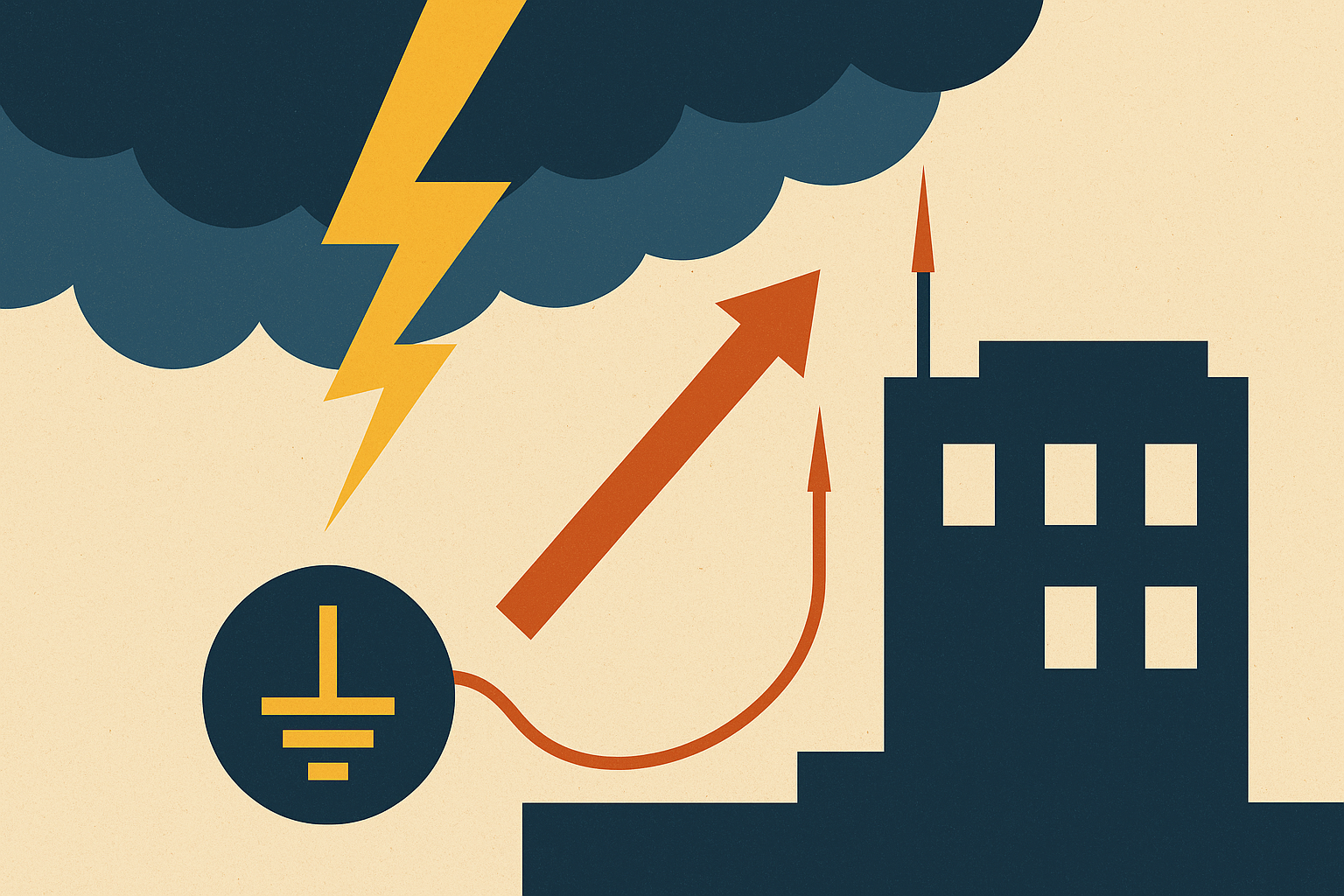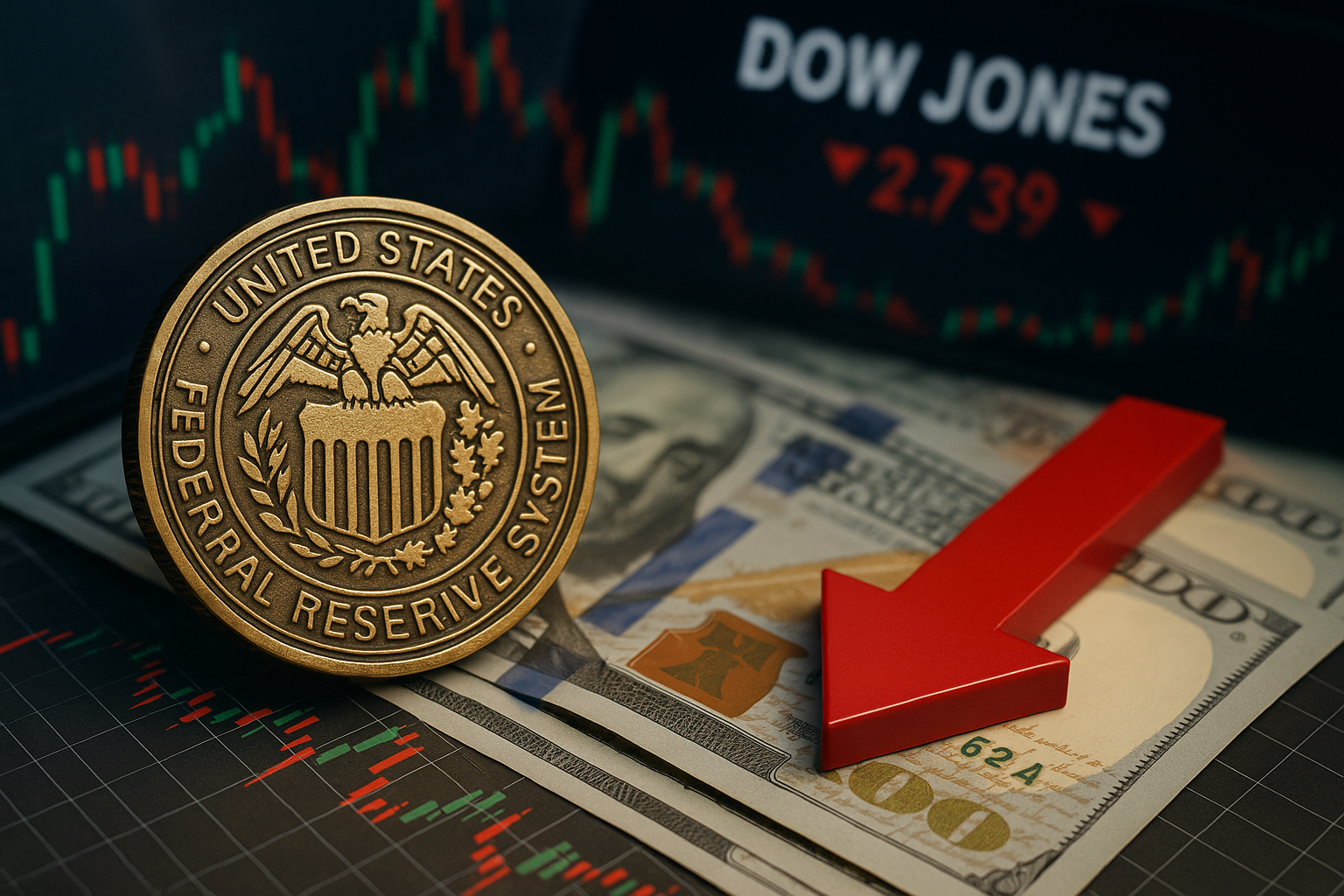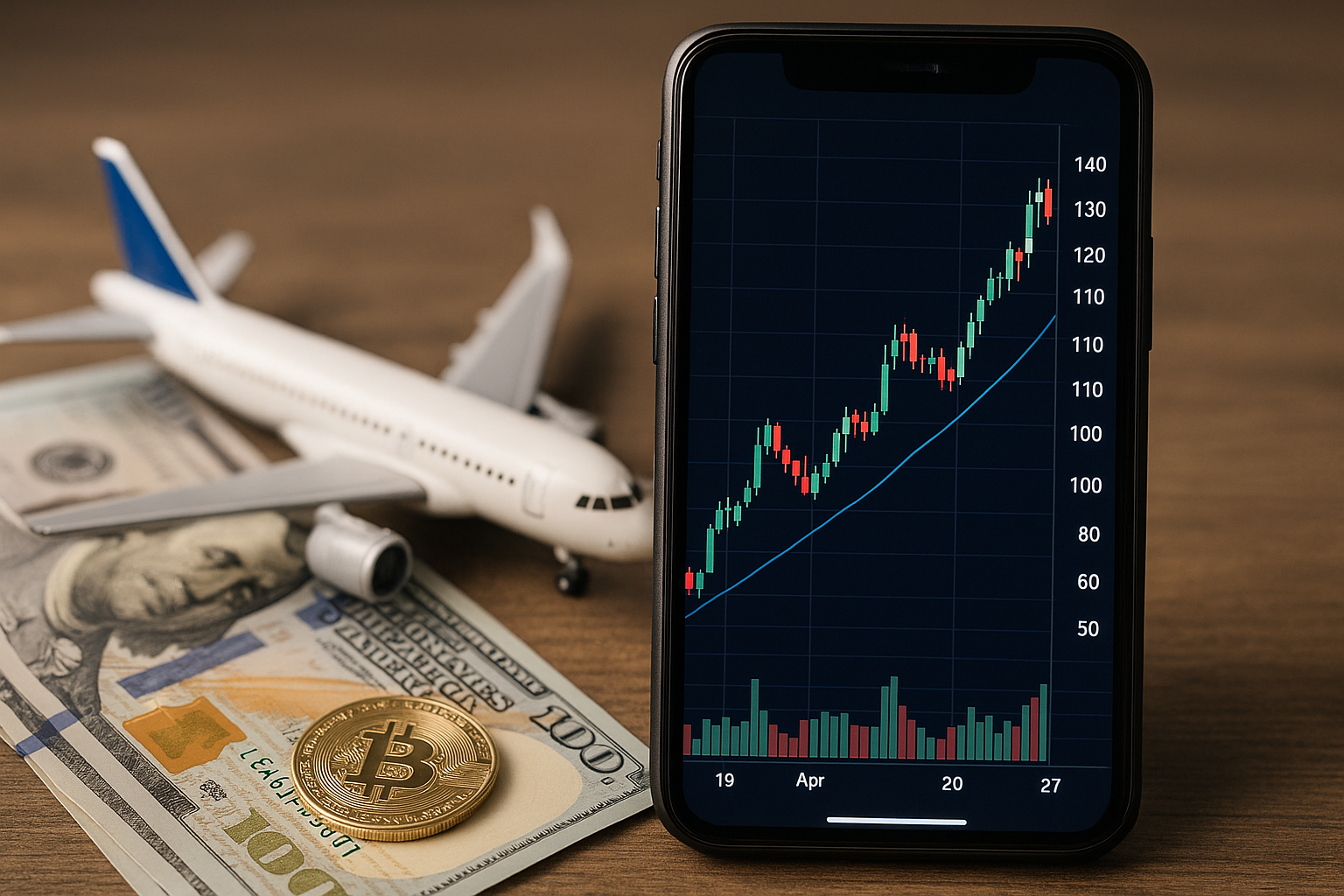As climate volatility intensifies and infrastructure resilience takes center stage, a lesser-known but vital industry is emerging into the spotlight: lightning protection. According to a recent industry report highlighted by Newseria Biznes, the global lightning protection technologies market is projected to reach $1.79 billion by 2035, growing at a compound annual growth rate (CAGR) of 5.4%. North America, particularly the U.S. and Canada, is expected to drive a substantial share of this growth.
The expansion is fueled by a confluence of forces — aging infrastructure, increased electrification, and the rise of clean energy systems, all of which demand high-performance safety technologies. For investors seeking exposure to emerging industrial verticals, this is a space where growth and necessity intersect.
Why This Market Is Charging Up
Lightning protection systems are no longer a niche consideration for tall buildings alone. With the proliferation of renewable energy installations, data centers, smart grid networks, and EV charging infrastructure, the risk posed by electrical surges and lightning strikes has become both an operational and financial concern.
In the U.S. alone, lightning causes over $1 billion in property damage annually, according to the National Weather Service, and that figure is expected to rise alongside urban expansion and climate extremes.
Modern lightning protection technologies now go beyond traditional rods and grounding systems. The market includes:
- Surge protection devices (SPDs)
- Early streamer emission (ESE) systems
- Structural lightning protection (SLP)
- Grounding and bonding infrastructure
These technologies are increasingly being embedded into green building standards, critical infrastructure upgrades, and utility-scale power projects.
Strategic Sectors Leading the Demand
A number of high-growth industries are driving the demand curve for lightning protection in North America:
- Renewable Energy: Solar farms and wind turbines are especially vulnerable to electrical storms. The National Renewable Energy Laboratory (NREL) has prioritized lightning protection in its operational guidelines for utility-scale energy projects.
- Telecom & Data Centers: Downtime due to lightning strikes is both costly and reputationally damaging. Cloud infrastructure providers are investing heavily in shielding assets.
- Construction & Infrastructure: With the rollout of the U.S. Bipartisan Infrastructure Law, billions are being poured into modernization, with lightning protection becoming a standard in resilient design frameworks.
These segments are not only large — they are structurally embedded in multi-year federal and private capital flows.
Market Leaders & Emerging Players
The lightning protection market is fragmented but poised for consolidation. Key players include:
- Pentair
- ABB
- Harger Lightning & Grounding
- ERICO (nVent)
- DEHN + SÖHNE
Many of these firms operate within broader industrial electrical or energy solutions verticals, offering indirect exposure through ETFs or diversified industrial portfolios. Smaller innovators specializing in AI-driven smart protection systems or modular retrofitting solutions are also entering the space, presenting early-stage VC and private equity opportunities.
Future Trends to Watch
- Smart Lightning Systems: IoT-enabled lightning rods and real-time monitoring platforms are under development, aligning with the trend toward intelligent infrastructure.
- ESG-Driven Compliance: Lightning protection is gaining relevance in ESG reporting frameworks as part of asset resiliency and climate adaptation strategies.
- Global Export Potential: Companies based in the U.S. may benefit from rising international demand, especially in Africa, Southeast Asia, and South America, where climate exposure is severe and infrastructure expansion is underway.
Key Investment Insight
As capital flows increasingly favor resilient infrastructure and clean tech, lightning protection systems offer a critical yet underappreciated growth theme. Investors should consider:
- Adding industrial safety tech companies to watchlists.
- Tracking government contracts and funding tied to infrastructure modernization.
- Watching M&A activity in the space as larger players seek bolt-on acquisitions.
This is a sector where technological innovation meets real-world necessity — and where long-term trends are firmly aligned with public safety, operational uptime, and climate adaptation.
Stay tuned with MoneyNews.Today for early insights into infrastructure innovations and the emerging verticals poised to redefine safety, sustainability, and investment strategy.





